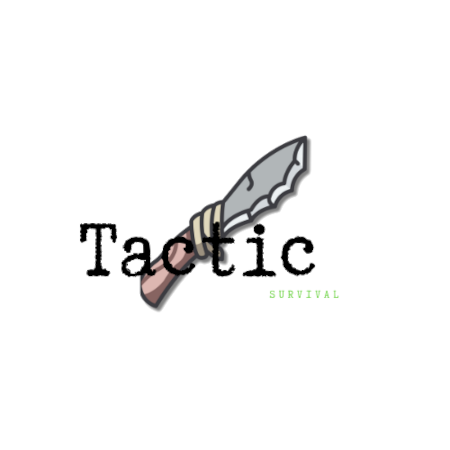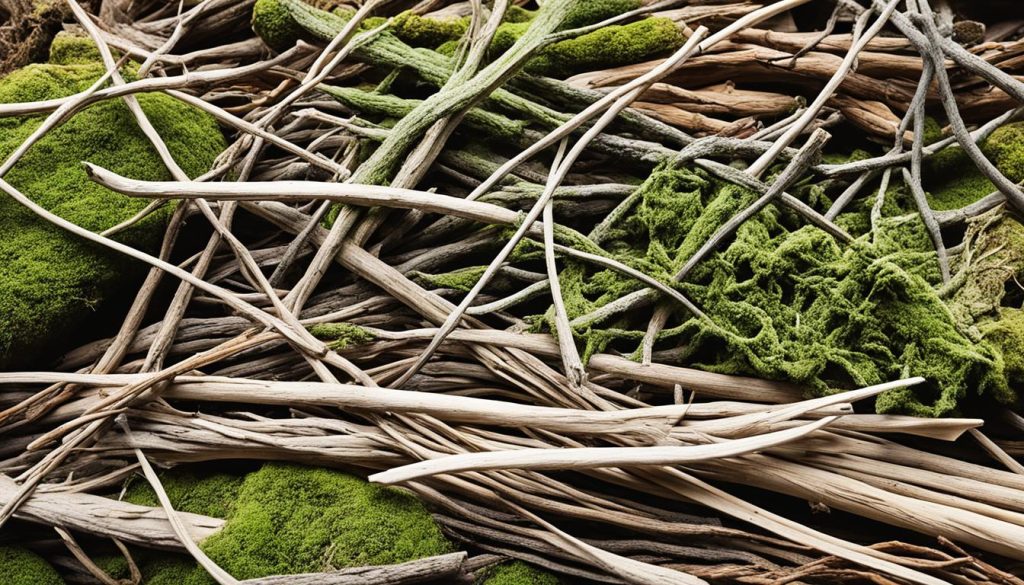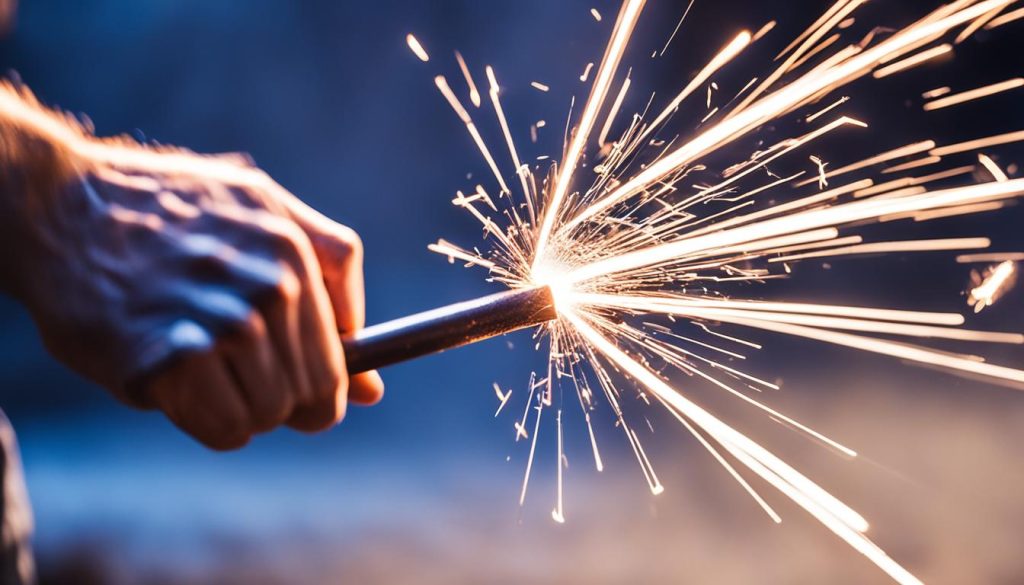Did you know that fire has been used by humans for over 1.5 million years? From keeping us warm to cooking food, fire has played a vital role in our survival and development as a species. In this article, we will explore essential fire starting tools and learn techniques to ignite a blaze quickly and efficiently, whether camping or in an emergency. We will cover everything from the basics of fire starting to advanced methods and discuss the importance of having the right tools for the job. By mastering fire starting techniques, you can enhance your outdoor experiences and feel more connected to your surroundings.
Key Takeaways:
- Having the right fire starting tools is crucial for success in igniting a fire.
- Understanding the basics of fire starting, such as fire safety and fuel selection, is essential.
- The flint and steel method is a traditional technique that requires practice and the right tools.
- Perfecting the fire starter technique involves proper fire pit setup and maintenance.
- Exploring ancient methods like the bow drill can provide a sense of accomplishment and self-reliance.
Essential Fire Starting Tools
When it comes to starting a fire, having the right tools is crucial for success, whether you’re camping or facing an emergency situation. The right fire starting tools can make a significant difference in your ability to ignite a blaze quickly and efficiently. So, what are the essential tools you need in your fire starter kit?
- Matches: A classic and reliable ignition source, matches should be a staple in any fire starting toolkit.
- A Lighter: Another popular option, a lighter offers convenience and ease of use.
- A Fire Starter Kit: Opting for a fire starter kit can provide you with a comprehensive set of tools specifically designed to help you start a fire in various conditions. These kits often include waterproof matches, tinder, and other fire ignition aids.
- Ferrocerium Rods: Also known as “ferro rods,” these tools produce sparks when scraped with a striker, making them ideal for starting fires even in challenging conditions.
- Waterproof Matches: These matches are resistant to moisture, ensuring that you have a reliable ignition source even in wet environments.
- Magnesium Fire Starters: These compact tools feature a magnesium rod that you can scrape to create shavings, which ignite easily when exposed to sparks. Magnesium fire starters are particularly useful for starting fires in damp or windy conditions.
Having these essential fire starting tools in your arsenal can greatly increase your chances of successfully starting a fire when you need it most. Whether you opt for matches, a lighter, or a comprehensive fire starter kit, these tools provide the reliable ignition sources and convenience you require to build a fire quickly and efficiently.
Understanding Fire Starting Basics
When venturing into the outdoors, understanding the basics of fire starting is crucial. Fire safety should always be a top priority to ensure a safe and enjoyable experience. Before starting a fire, it is essential to have a clear area devoid of any flammable materials.
Proper fire building involves arranging the tinder, fuel, and kindling in a way that promotes optimal airflow. The tinder, which ignites easily, acts as the initial spark to start the fire. The fuel provides the sustained heat and energy, while the kindling helps bridge the gap between the tinder and fuel, fostering the fire’s growth.
Choosing the right fire fuel is crucial for successful fire starting. Hardwoods, such as oak or maple, burn longer and cleaner compared to softwoods, like pine or fir. It’s important to select firewood that is properly seasoned, as green or wet wood can be challenging to ignite and produce excess smoke.
Another important aspect of fire starting basics is setting up a fire pit in a safe location. Ensure the fire pit is placed away from overhanging branches, dry grass, or any other potential fire hazards. A well-prepared fire pit minimizes the risk of fire accidents and ensures the fire remains contained.
Regular fire maintenance is necessary to keep the fire burning efficiently. Adding additional fuel, adjusting the airflow, and removing any ashes or debris contribute to maintaining a well-established fire. By taking these steps, you can create a sustainable fire that provides warmth and a focal point for socializing or cooking.
Mastering the Flint and Steel Method
The flint and steel method is a traditional fire starting technique that can be mastered with practice. By using a flint and steel tool like the Black Beard Fire Starter Ferro Rod, you can consistently generate sparks for ignition. This reliable and efficient method is perfect for outdoor enthusiasts, survivalists, and campers looking for an alternative to matches or lighters.
Tips for Mastering the Flint and Steel Method
When using the flint and steel method, there are several key tips to keep in mind:
- Strike the steel against the flint at the correct angle to create sparks. Aim for a scraping motion rather than a striking motion.
- Practice proper technique and adjust your grip and angle as needed to maximize spark production.
- Consider using char cloth or tinder fungus as additional fire starter tools. These highly flammable materials catch sparks easily and can greatly increase your chances of successful ignition.
- Hone your spark generation techniques by experimenting with different pressures, speeds, and movements.
By following these tips and practicing regularly, you can become proficient in the flint and steel method and increase your chances of starting a fire successfully, even in challenging conditions.
Remember, having the right fire starting gear is essential for mastering the flint and steel method. The Black Beard Fire Starter Ferro Rod is a highly recommended tool, designed for durability and reliability in survival firecraft. With its rugged construction and ergonomic design, this fire starter delivers consistent sparks, helping you ignite fires easily and efficiently.
| Advantages of the Flint and Steel Method | Disadvantages of the Flint and Steel Method |
|---|---|
|
|
Perfecting the Fire Starter Technique
When it comes to starting a fire, perfecting the fire starter technique is essential. By honing your skills and adopting effective practices, you can confidently ignite a blaze in any outdoor setting. Let’s explore some key aspects that contribute to mastering this crucial skill.
Gathering Suitable Tinder and Kindling
The first step in perfecting the fire starter technique is gathering the right materials, including suitable tinder and kindling. Tinder refers to highly flammable and lightweight materials that catch fire easily, such as dry leaves, small twigs, or pieces of birch bark. Kindling, on the other hand, consists of slightly larger sticks that sustain the flame and allow it to grow.
When gathering tinder and kindling, ensure that they are dry and readily ignitable. Moist or wet materials will make fire starting challenging. You can learn more about gathering and preparing fire starting materials on wikihow.com.
Understanding Wind Direction
Another crucial aspect of the fire starter technique is understanding wind direction. Wind plays a significant role in fire starting, as it can either promote or inhibit the growth of the flame. Before setting up your fire, take a moment to assess the wind’s direction and intensity.
Position yourself in such a way that the wind blows onto your face. This ensures that the flames are directed away from you and towards the fuel, allowing the fire to grow steadily. Understanding wind direction will prevent unnecessary frustration and enable you to start a fire more efficiently.
Building a Safe Fire Pit Setup
A well-built fire pit setup is crucial for successful fire starting. Start by clearing the area of debris, including dry leaves, grass, or any flammable materials that could pose a fire hazard. This step is essential for preventing accidental fires and ensuring the safety of yourself and others.
Consider safety precautions and choose a suitable location for your fire pit. Avoid areas with overhanging branches or close proximity to tents, buildings, or other structures. Building your fire pit on a non-flammable surface, such as bare soil or rocks, provides an additional layer of safety.
Furthermore, constructing a fire structure that allows for proper airflow is vital. Arrange your kindling and fuel logs to create a pyramid or a teepee shape, leaving enough space between the logs to promote oxygen flow. This arrangement ensures that the flames receive sufficient air, facilitating the fire’s growth.
Practicing Patience and Persistence
Even with the proper technique and setup, starting a fire may take time and effort. It’s essential to practice patience and persistence during the process. Avoid the temptation to add too much fuel or blow too hard, as this can extinguish the flame.
Instead, carefully add small amounts of kindling or tinder as the fire grows. Gradually increase the size of the fuel logs to sustain the flame. By patiently tending to the fire and feeding it incrementally, you can ensure a steady burn and enjoy a successful fire starting experience.
Remember, fire starting is a skill that improves with practice. Don’t be discouraged by initial setbacks and keep refining your technique. Before long, you will become confident in your ability to start a fire in any outdoor situation.
With these tips and techniques, you are well on your way to perfecting the fire starter technique. By gathering suitable tinder and kindling, understanding wind direction, building a safe fire pit setup, and practicing patience and persistence, you can confidently start fires and enjoy memorable outdoor experiences.
Exploring the Bow Drill Method
The bow drill method is a traditional fire starting technique that involves using friction to create an ember. This ancient method has been passed down through generations and requires patience, practice, and a deep understanding of natural materials found in the wild.
By exploring the bow drill method, you can tap into the wisdom of our ancestors and develop essential outdoor skills. This technique allows you to generate fire without relying on modern tools or gadgets, providing a unique connection to nature and self-reliance.
Using a simple apparatus consisting of a bow, spindle, fireboard, and handhold, you can create friction and generate enough heat to ignite a fire. The bow is used to rotate the spindle, which is pressed into the fireboard, creating friction and resulting in a smoldering ember.
Mastering the bow drill method requires practice and a deep understanding of the materials involved. It’s crucial to select appropriate materials such as a hardwood spindle and fireboard, as well as using natural lubricants like plant resins or animal fats to reduce friction and increase efficiency.
This traditional method not only allows you to create fire for warmth, cooking, and survival but also fosters a sense of accomplishment and self-reliance. It is a testament to human ingenuity and resourcefulness in utilizing the natural elements around us.
Exploring traditional fire starting methods like the bow drill can also enhance your overall outdoor skills. By honing your ability to create fire using natural materials, you’ll become more connected to the environment and better equipped to handle challenging situations. This knowledge and proficiency allow you to appreciate the beauty of nature while feeling confident in your ability to thrive in outdoor settings.
Conclusion
Mastering fire starting techniques is a valuable skill that can greatly enhance your outdoor experiences and provide a deep sense of self-reliance. By understanding the basics of fire starting and arming yourself with the right tools, you can become proficient in igniting fires in various conditions. Whether you prefer the traditional methods, such as using flint and steel, or enjoy exploring alternative techniques like the bow drill, honing your fire making skills will ensure you can start a fire quickly and efficiently whenever the need arises.
Remember, fire safety should always be a top priority. Before starting a fire, create a safe area free of flammable materials and debris, and choose a suitable fire pit setup. Additionally, it’s important to practice Leave No Trace principles, leaving the natural environment undisturbed after your outdoor adventures.
In conclusion, by mastering fire making skills and fire starting techniques, you can connect with nature on a deeper level and gain a sense of self-sufficiency. Whether you’re camping, hiking, or facing an emergency situation, the ability to start a fire can provide warmth, light, and even a means of cooking. So, gather your tools, practice your techniques, and embrace the art of fire starting as you embark on your outdoor journeys.
For more in-depth information on the history of fire making, you can refer to the U.S. History website, where you can explore fascinating insights into the evolution of fire starting tools and techniques.



